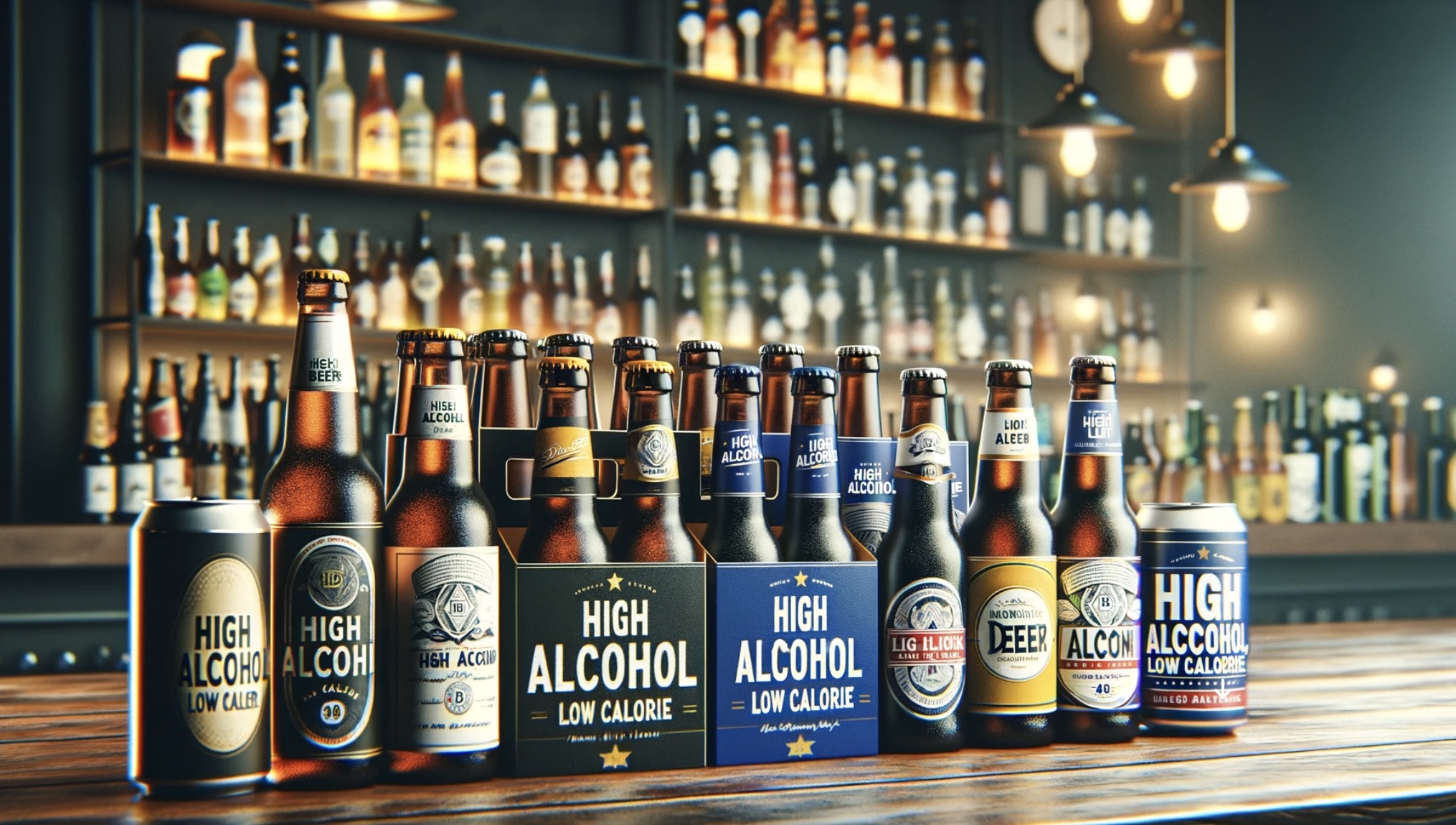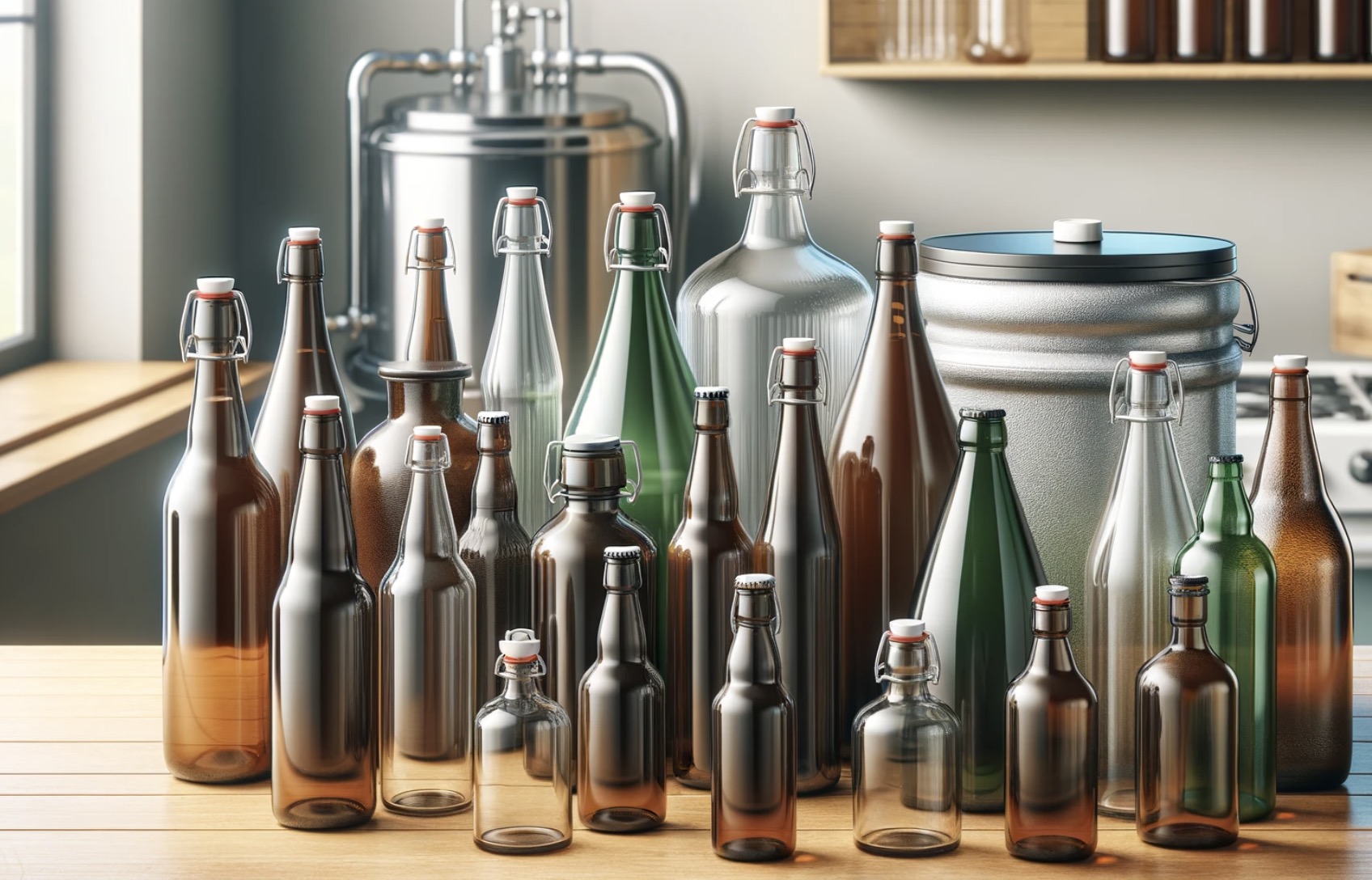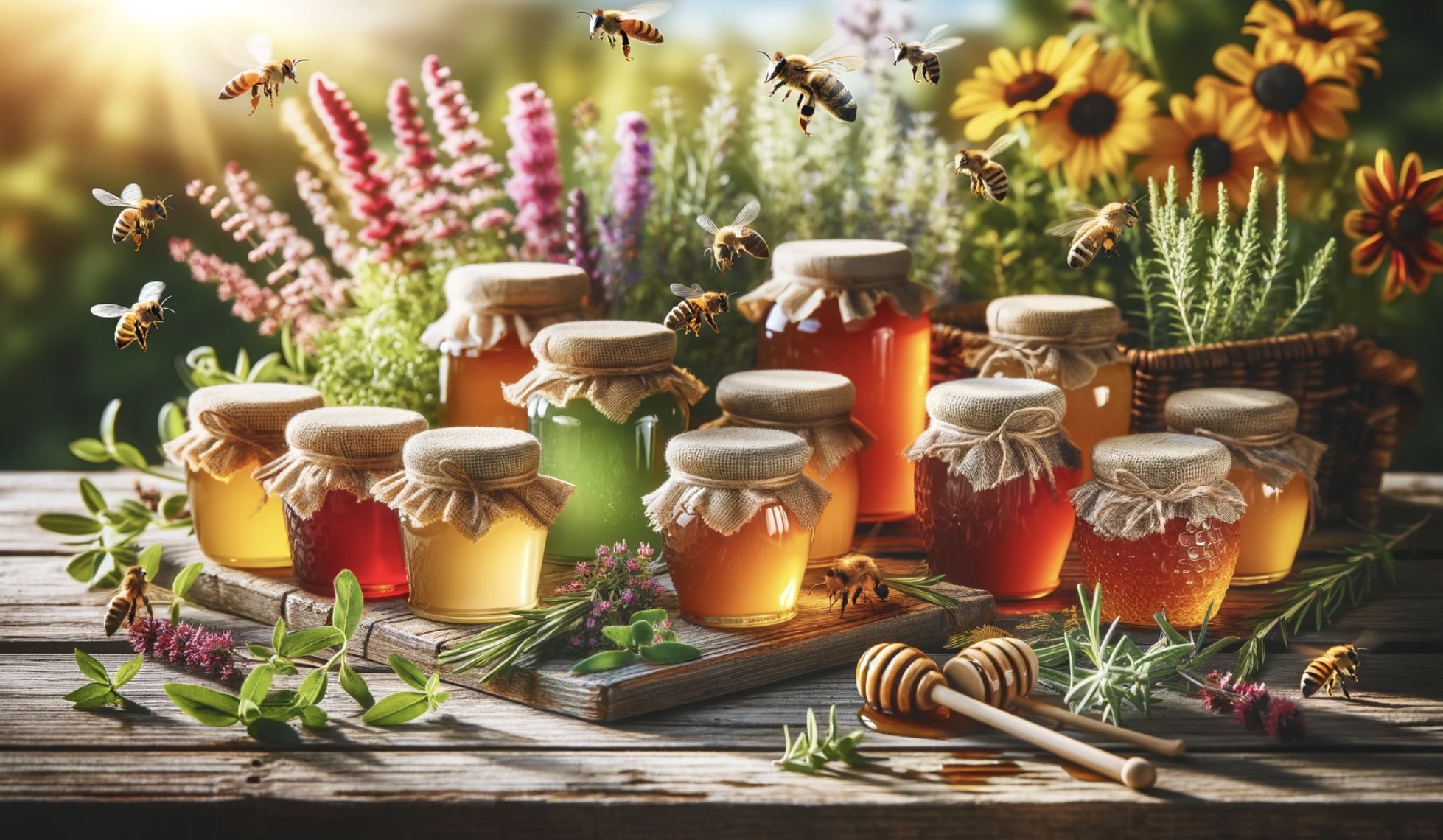If you want your hard cider or just plain apple cider, to be sparkling there are only a few ways to do so.
The most common way of carbonating cider is simply letting the yeast in your cider do the job after bottling, but this requires that live yeast cells are present in your cider.
Therefore, if live yeast is not present (or was never added!) you will have to “force carbonate” your cider. And there are a few ways to do so, all of which I will go through in this blog post.
One way to carbonate your cider is using a SodaStream machine, making sure to follow these three pieces of advice:
Force carbonation can be done at home using a SodaStream machine or similar, but it only works if you follow certain guidelines. First, the cider needs to be cooled down as much as possible as the CO2 will not readily dissolve in warm cider.
Second, you should not fill the bottle to the max, as the foam will form and you risk overflowing.
Finally, you need to make sure that no fruit or yeast particles are present in the cider as this will catalyze rapid degassing of CO2 from the cider and potentially lead to overflow and damage to you are your machine.
Also, you want to make sure that you do not add the carbon dioxide too fast, but press the button on the SodaStream slowly and for as short a time as possible over many short pulses.
This will ensure that the cider does not get oversaturated and that the CO2 has time to dissolve in the liquid.
This is one of the main downsides of the SodaStream, but there are other options available to home brewers that will allow you to adjust the speed of carbonation, which is key to your success!
Why would you want to carbonate cider?
You might want to carbonate plain non-alcoholic apple cider just for the fun of it. As a sort of children’s champagne for special occasions, but here I will mainly take the home brewers’ perspective.
For home brewers making hard cider, there can be really good practical reasons.
The most common reason would be that you have killed or filtered out your yeast because you wanted to stop the fermentation early. This is one way of making a sweeter cider as it allows for some retention of sugar in the brew.
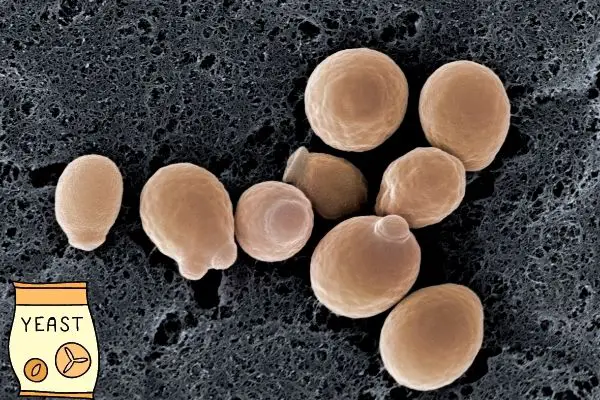
Another reason could be that something has gone wrong in the secondary fermentation, leading to a still cider instead of the sparkling drink you intended for.
However, with the yeast gone, there is no good way of carbonating the cider in the traditional manner, and force carbonation has to be used.
In an industrial setting, a kegging setup will often be used, which is basically just a bigger, safer, SodaStream with much more control over the process.
Here the inflow of CO2 as well as the temperature and the precise amounts carbonic acid dissolved will be controlled.
It is a very common process for large scale beer and cider brewers to perform, as they often filter out the yeast to make the final product more stable.
Can you put fruit juice in a SodaStream?
Yes, you can carbonate most fruit juices in a SodaStream, but some will be easier than others. Generally, the lower the pH of the juice (the more acidic it is) the harder it will be to carbonate it.
This is because of the equilibrium between carbonic acid and free CO2 is pushed towards the free CO2 (gas) form at lower pH levels.

This means that the more acid, especially carbonic acid, that is already present in the juice, the harder it is to dissolve more.
But acidity is not the only factor that matters for the carbonation of fruit juices.
As for apple cider, the colder the juice is and the fewer particles (the clearer the juice is) the better it will be suited for forced carbonation.
So, based on these criteria, juices that would be relatively easy to carbonate in a SodaStream are:
- Apple juice (filtered, less acidic apples)
- Pear juice
- Clear Lemon juice
- Clear Orange juice
- Black currant juice
- Cranberry juice
- Cherry juice
- Clear tomato juice
And those that would be more challenging, but possible if filtered well and carbonated close to the freezing point:
- Raspberry juice
- Blackberry juice
- Strawberry juice
- Melon juice
These juices tend to contain much more pectin, which will ruin the carbonation as other particles due.
The sweetness also plays a role, as the higher sugar content will mean a tendency to precipitate sugar crystals that as other particles, will supply a surface for the carbon dioxide gas to escape from.
If you are in doubt about how this effect of degassing looks, try dropping a Mintos into a bottle of coca cola and watch it blow up…
How to carbonate cider with SodaStream
The main thing you need to be aware of when carbonating cider with a SodaStream is that the process happens very fast and you can easily overdo it.
This will lead to an oversaturated drink which will foam and might even overflow from the bottle.
To avoid this, make sure to follow these steps:
1. Start by chilling your cider as much as possible. The colder it is, the easier it will be to carbonate.
2. Do not fill the bottle all the way to the top, as the foam will form when you start carbonating and might cause an overflow.
3. Make sure that there are no particles in the cider. This is usually achieved by letting it sit in the fermentation vessel and a few times of racking. Subjecting it to cold crashing is another good way of precipitating particles from your cider.
4. Put the bottle of cider into your SodaStream and start slowly pressing the button to carbonate. Do this over several short pulses (1-2 seconds) instead of one long press to avoid over-saturating the cider and making it foam up and potentially overflow.
5. When you are done carbonating, remove the bottle from the machine and put a cap on it to prevent any further gas escape.
6. Chill the cider in the fridge for at least an hour before serving to let the CO2 have time to dissolve properly into the liquid.
The process is similar to what is being done with homemade beer in this video:
What are other ways to carbonate still cider?
Using a SodaStream can be practical as it is already present in many households, but it is not approved, nor optimized for, the carbonation of fruit juices or hard ciders and wines.
Secondary fermentation.
The most common way of carbonating cider is to let the yeast do it for you. This process is called “natural carbonation” and it is used for both beer and cider.

It works like this:
The cider is bottled with a small amount of sugar, typically around 5-20 grams per liter. If no yeast is present, you can add a bit of dry or wet yeast with the sugar.
The bottles are then stored at around 18-22°C (65-72°F) for two-three weeks to allow the yeast to eat the sugar and produce carbon dioxide gas.
After this time, the bottles are moved to a cooler location for storage and aging where the gas will dissolve into the liquid, producing carbonated cider.
Using a keg:
The more professional option would be a keg setup consisting of a metal container (keg) with a tightly sealed connection to a carbon dioxide tank.
This will usually also entail some sort of pressure gauge that allows you to keep an eye on the process.

The most important thing when using this method is to make sure that your cider is cold, as warmer temperatures will make the carbon dioxide gas want to escape from the liquid rather than dissolve into it.
You will also need to have a way of dispensing the cider from the keg, which is typically done with a CO2-pressurized tap system, which does make it a bit more involved than just doing a secondary fermentation for most home brewers.
But it is quite cool to serve your own cider on tap!
Using a carbon dioxide canister and screw lid:
This is a popular, less expensive, method among home brewers for small batches of cider. All you need is a screw-top lid and a small carbon dioxide canister and a tube with adapters that connects them!
You can buy the screw cap that fits on any standard soda bottle with a tight seal, so you can basically carbonate your cider (or juice, beer etc.) directly in the bottle you want to store it in as well.
The other end of the tubing fits a standard carbon dioxide canister, which is probably the most expensive part, but quite a lot cheaper than those for the SodaStream machine if you consider the volume.
The process is quite simple:
1. Cool your cider in a soda bottle overnight in the fridge. Fill it to maximally 80% full capacity.
2. Screw on the connector screw cap to your soda bottle and the other end to your CO2 canister.
3. Open the valve on the carbon dioxide canister and let it hiss until you have carbonated your cider to your desired level.
In contrast to the SodaStream, this setup actually allows you to control the speed of carbonation as you can open the valve to achieve any desired flow rate.
You can shake the bottle lightly while keeping the valve open as this will help dissolve the carbon dioxide.
This will take some trial and error to get right.
4. Once you have the pressure where you want it, remove the carbon dioxide nozzle and quickly seal the bottle with the lid to keep all of the gas in.
5. Store in a cool place until you are ready to drink!
Is hard cider supposed to be carbonated?
Finally, I would like to end this article by adding a few words on the history and idea of carbonated cider.
Hard cider is often associated with the fine, soft, bubbles or fizz that resembles beer slightly more than champagne, but during most of cider’s history, it has actually not been carbonated! At least not on purpose…
In fact, the majority of the cider made before the 17th century was enjoyed still, or without bubbles.
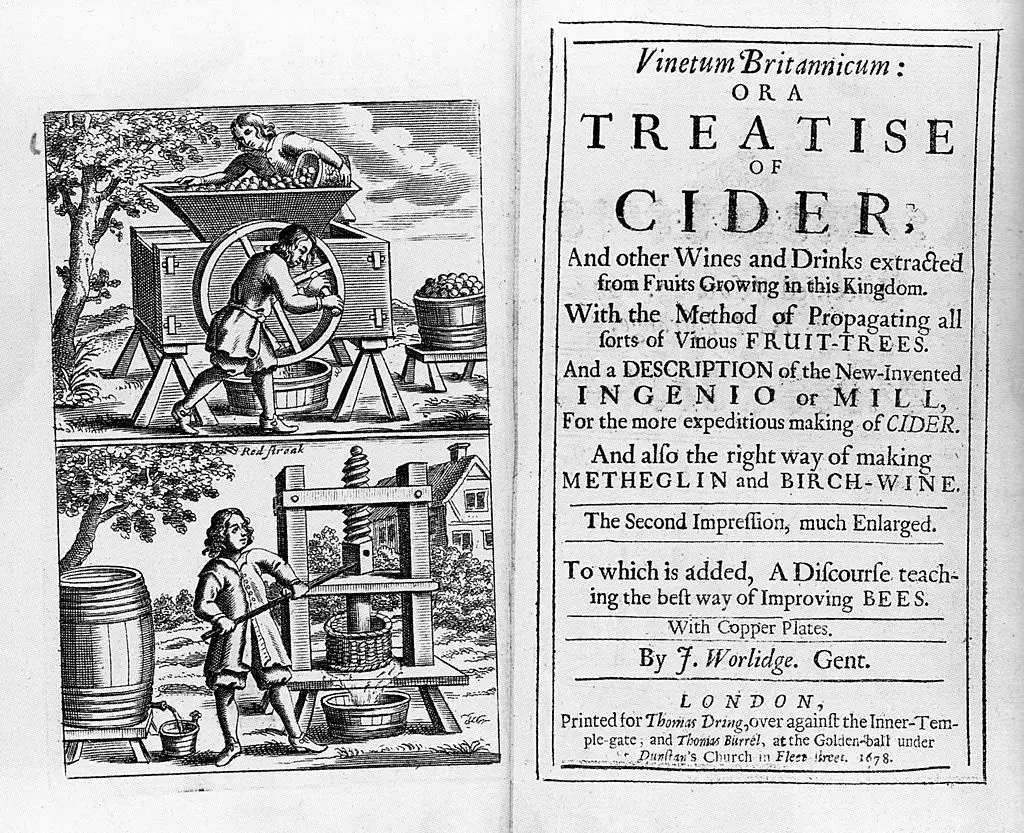
And whereas the French cider tradition is quite strong on carbonation of their cider, the English and Spanish cider traditions have enjoyed still ciders for hundreds of years – and still do!
The carbonation tradition started relatively late in history, and whereas hard cider has likely been around for more than a thousand years, the carbonated version was invented some 400 years ago!
Sparkling cider was invented by English cider-makers who were experimenting with secondary fermentation in reinforced glass bottles sealed with corks in the late 16th century.
They may have done so even before the French invented champagne and the bottles used by the English cider makers were said to be stronger due to them using higher temperatures when melting glass for their bottles.
In Spain, it is not uncommon to drink non-carbonated ciders, but they do add a slight fizz to it in a different manner.
The traditional Spanish way of drinking cider involves the pouring of a still cider (or Sidra as it is called) from a bottle or barrel directly into the glass from a considerable distance!
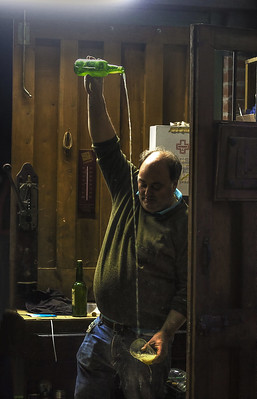
The force exerted by the cider hitting the glass mixes in gas bubbles, which makes the cider instantly fizzy!
So, many people actually drank, and still are drinking, their cider in the still form without carbonation.
Some claim that it brings forth the nuances of the cider more, so maybe consider not carbonating your cider at all next time.
Conclusion
n conclusion, you can certainly carbonate your cider using a SodaStream machine, but there are a few things you need to keep in mind.
First, the cider needs to be cooled down as much as possible. Second, you should not fill the bottle to the max, as foam will form and you risk overflow.
Finally, you need to make sure that no fruit or yeast particles are present in the cider as this will catalyse rapid degassing of CO2 from the cider and potentially lead to overflow and damage to your machine.
We also discussed two other ways to carbonate cider: using a keg or screwing a carbon dioxide canister to a screw-top lid.
Finally we talked about why you might want to carbonate cider and the history of carbonated cider and that you may consider drinking it still from time to time!



